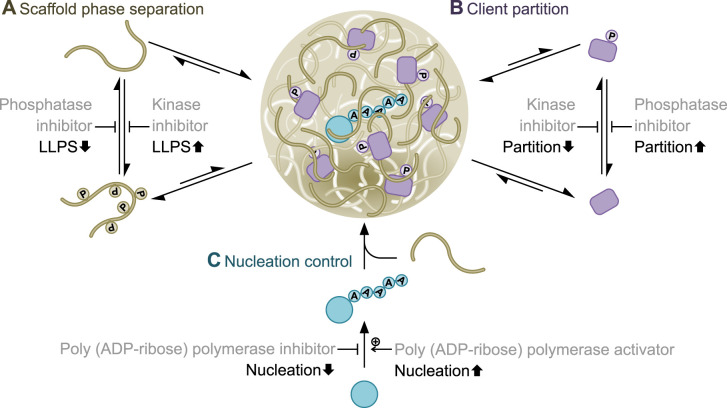Figure 1. Possible protein liquid–liquid phase separation intervention via post-translational modifications.
Cartoon representation of a hypothetical LLPS system, modelled loosely on FUS and TDP-43 [7,67–69,81,89–91,100]. There are several potential points of intervention. (A) Phosphorylation (P) of the scaffold (coloured tan) reduces phase separation, therefore a kinase inhibitor would reduce LLPS and a phosphatase inhibitor promote LLPS. (B) Phosphorylation of a client (coloured purple) promotes partition to the condensate, therefore a kinase inhibitor would reduce client partition to the condensate and a phosphatase inhibitor would do the inverse. (C) Polyadenylation (A) of a key regulatory protein (coloured cyan) nucleates this condensate, therefore a poly(A) polymerase would promote nucleation while an inhibitor would do the inverse.

